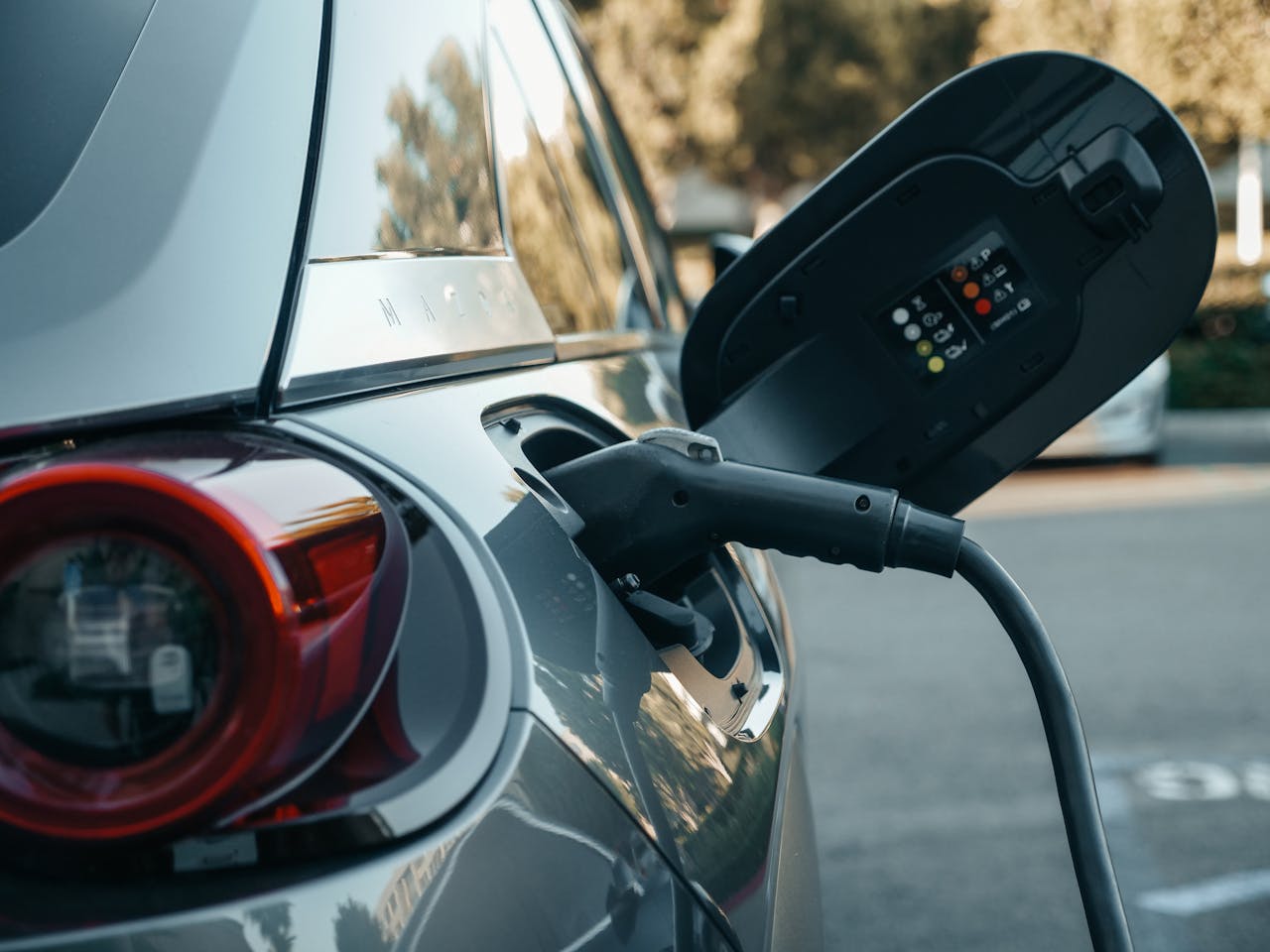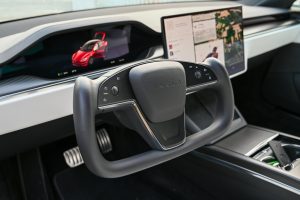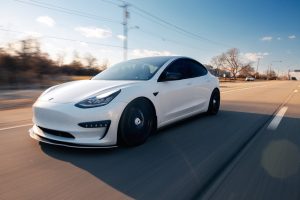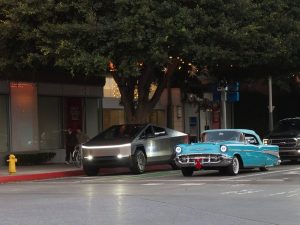I. Real Data: Yes, EVs Do Consume More Power in Cold Weather
Let’s be honest: cold weather is indeed one of the toughest challenges for electric vehicles. According to a 2024 study by the American Automobile Association (AAA), when the temperature drops to -6°C (21°F), EV range can drop by up to 41% if you use the heater. That’s not a small figure. The reason lies in both physics and user habits—battery chemistry is temperature-sensitive, and heating the cabin consumes a lot of energy.
| Temperature | Average Range Reduction | Heater Used? |
|---|---|---|
| 20°C (68°F) | 0% (baseline) | No |
| -6°C (21°F) | -12% | No |
| -6°C (21°F) | -41% | Yes |
II. Why Cold Weather Affects EV Batteries So Much
It’s not just your imagination—here’s what actually happens in the battery:
- Battery Chemistry Slows Down
Lithium-ion batteries rely on chemical reactions to generate electricity. In cold conditions, the electrolyte becomes more viscous, increasing internal resistance, and reducing discharge efficiency. - Heater is a Power Hog
Unlike gasoline cars that use engine heat for free, EVs need to generate heat separately, which costs energy. Seat heaters, defogging systems, and cabin warmers all draw from the same battery used for driving. - Regenerative Braking is Limited
In freezing conditions, regenerative braking (which recycles energy during deceleration) becomes less effective, reducing overall efficiency.
III. Which EV Models Handle Winter Best?
Not all EVs suffer equally. Brands like Tesla, BMW, and Volvo offer heat pump systems, which are significantly more efficient than traditional resistance heaters.
| Model | Heating Tech | Winter Range Efficiency* |
|---|---|---|
| Tesla Model Y | Heat Pump | ~80% |
| Nissan Leaf (2023) | Resistance Heater | ~60% |
| Hyundai IONIQ 5 | Heat Pump | ~78% |
- Efficiency = Winter Range ÷ Official Range
Many Scandinavian and Canadian owners prefer EVs with heat pumps, preheating features, and better insulation.
IV. What Can You Do to Reduce Winter Range Loss?
Here are a few practical tips that make a real difference:
- Precondition While Plugged In
Warm up the battery and cabin before unplugging, using grid power, not battery. - Use Seat & Steering Heaters
They’re more efficient than heating the entire cabin. - Park in a Garage
Even a few degrees warmer helps preserve battery performance. - Drive Smoothly
Aggressive acceleration in cold weather drains batteries faster. - Limit Fast Charging
When it’s freezing, batteries may charge slower or need extra energy to heat up.
V. Myth-Busting: Can EVs “Freeze” Overnight?
You may have heard stories about EVs “freezing” in cold weather. While technically possible, modern EVs come with battery management systems (BMS) that prevent deep freezing. However, battery performance will be sluggish in the morning if the car is left outside in sub-zero temperatures without preheating.
VI. Table: Should You Worry About Winter Performance?
| Scenario | Is It a Real Issue? | Tips |
|---|---|---|
| You drive <50 km daily | ❌ Not a major problem | Charge overnight regularly |
| You rely on public chargers only | ✅ Yes | Plan routes & use fast chargers |
| You live in a cold region without a garage | ✅ Yes | Use pre-conditioning |
| You commute early morning before sunrise | ✅ Slightly | Warm car via app before driving |
| Your car has a heat pump and BMS | ❌ Problem minimized | Just avoid battery extremes |
VII. Will Battery Technology Solve This?
Yes, partially. By 2025, solid-state batteries and silicon-anode designs are being tested with better cold-weather tolerance. Automakers like Toyota and QuantumScape have reported prototypes that retain over 90% of range at -10°C. Mass production may begin around 2027–2028.
FAQs
Q1: Do all EVs lose range in winter?
Yes, to varying degrees. Most EVs experience 10%–40% range loss depending on temperature, heater usage, and model.
Q2: Can I warm up my EV while it’s still charging?
Yes. This is called preconditioning and is highly recommended to preserve driving range.
Q3: Which EV brand performs best in winter?
Tesla, Hyundai, and Volvo offer models with heat pumps and better insulation—top choices for cold regions.
Q4: Will future battery tech fix this problem?
Partially. Solid-state and silicon-based batteries promise better cold-weather performance, but mainstream availability is expected after 2027.



